Fireworks in March to Yangzhou--two-day tour
Yangzhou, a famous historical and cultural city located on the coast of the Yangtze River and ancient canals. Yangzhou has been a prosperous place since ancient times. Many princes, generals, giants, and skilled craftsmen have interpreted legendary stories one after another here. Its infinite charm has attracted countless literati and literati throughout the ages. Li Bai yearned for it with "Fireworks under Yangzhou in March", and Ouyang Xiu praised it with "Qionghua and Peony in the World." Xu Ning gave it the reputation of "Three parts of the world are bright and night, and two parts of the scoundrel are Yangzhou." Yangzhou has one of the most beautiful scenery called Yangzhou Slow. It is a different and exquisite life. With every step you take, you may discover a different ancient city with a millennium. Yangzhou enjoys the reputation of "China's No. 1 Canal City".
In order to thank the medical staff for their dedication to controlling the COVID-19 epidemic, medical staff in Yangzhou's scenic spots are free of charge with valid certificates.
The opening of the Yangzhou High-speed Railway makes it convenient for us to travel
March 2: G8302 Shanghai Hongqiao-Yangzhou East Railway Station
March 3: C3793 Yangzhou-Shanghai Hongqiao
In 1 hour and 45 minutes, the high-speed train arrives at Yangzhou East Railway Station. It is very convenient to have a bus after leaving the station. Get off on No. 89 at Zhenyuan, take a look at the streetscape of Yangzhou, have lunch before going to the hotel. The hotel is on the edge of the moat, away from Slender West Lake and other attractions. Very close.
After getting off the bus and walking along Wenchang Road, Wenchang Pavilion, which shines at the intersection, is a landmark building in Yangzhou City.
It was built in the 13th year of Wanli of the Ming Dynasty (1585). It was named "Wenchang Pavilion" because it was the Kuixing Tower of Yangzhou Prefectural School.

Entering Wenhe North Road and going to Siwangting Road, you will see another loft-Siwangting, which is one of the landmark buildings in the center of Yangzhou City.
The first time it was built is from the Jiading period of the Southern Song Dynasty and the Jiajing period of the Ming Dynasty.

I had lunch at a time-honored restaurant opposite Siwang Pavilion. I tried Yangzhou's Lion Head and Yangzhou fried rice.

3-2 Attractions: Yangzhou Eight Eccentrics Memorial Hall, Tuoling Lane, Tanghuai, Tianning Temple, Zheng Banqiao Memorial Hall, Shi Kefa Memorial Hall, 486 Intangible Cultural Heritage Gathering Area, Geyuan, Dongguan Street
After lunch, we walked close to the hotel, checked in, and rested for 30 minutes. Depart for nearby attractions, about 10 minutes to the Yangzhou Eight Eccentrics Memorial Hall (free ticket) is located in Guxiang (Tuoling Lane). It is the only professional memorial hall in China that displays and promotes the artistic achievements and innovative spirit of the "Yangzhou Eight Eccentrics".


During the Kangxi and Qianlong period of the Qing Dynasty, Yangzhou was represented by Jin Nong and Zheng Xie.


This ginkgo tree is one of the top ten famous trees in Yangzhou for more than 500 years

It is said that Emperor Yang of the Sui Dynasty went to Yangzhou to see the Qionghua."There is no such thing in the world."

Jin Nong lived here with cranes, adding spice to his lonely and sad later life.
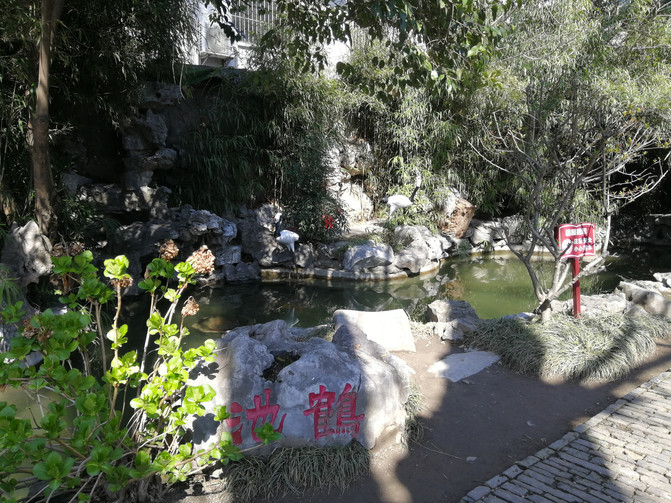
Bamboo Spring Pavilion--The water in this well was used in the seventh year of Jinnong. There are rockery, clear bamboo and pebble paths around the well.
It became a "bamboo spring retreat".

Sixty-one paintings and calligraphy works of the Eight Eccentrics have been selected from the world, engraved and painted on both sides of the corridor
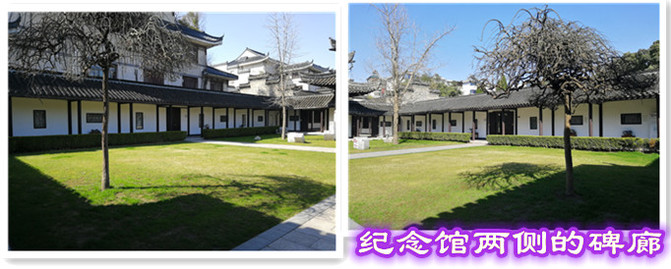
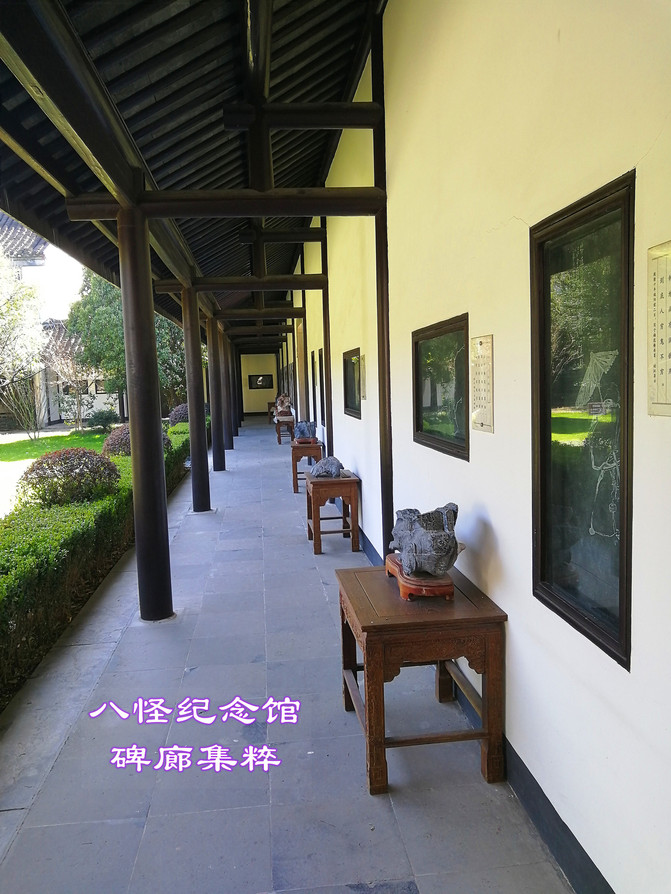

After leaving the memorial hall, walk forward along Tuoling Lane. There is a thousand-year-old locust tree on the roadside, which is closely related to the famous idiom (Nanke Yimeng)! With this famous tree in the Tang Dynasty, we can feel the long history and cultural connotation of Yangzhou.
The Most Beautiful Tuoling Lane

Millennium acacia

Exit Tuoling Lane and enter the moat along Wenhe North Road and Yanfu West Road. The scenery of the moat shines into your eyes.



Moat Yumatou


Tianning Temple on the edge of the moat-a heritage site of the Grand Canal in China was built in the Eastern Jin Dynasty and is said to be Xie 'an Villa. It was named "Tianning Temple" during the Zhenghe Period of the Northern Song Dynasty. It was ranked first among the eight ancient temples in Yangzhou in the Qing Dynasty. Emperor Kangxi's southern tour was once stationed here. This attraction is free.

On both sides are 130-year-old ginkgo trees


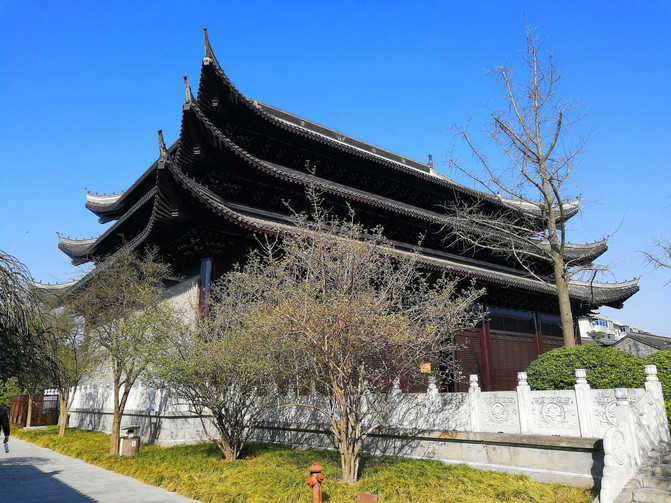



Zheng Banqiao Memorial Hall in Tianning Temple-takes you into a real Zheng Banqiao, a sad and joyful life, a legendary legend.



Not far from Tianning Temple and along the moat is the Shi Kefa Memorial Hall (free). It is a famous historical relic commemorating Shi Kefa, the national hero of the anti-Qing Dynasty in the late Ming Dynasty. It was built during the Qianlong period of the Qing Dynasty. In front of it are two 290-year-old ancient ginkgo trees.


Shi Kefa was an honest official and had outstanding political achievements. He was a famous politician in the late Ming Dynasty

The iron cannon built by Shi Kefa


Shi Kefa's crown tomb


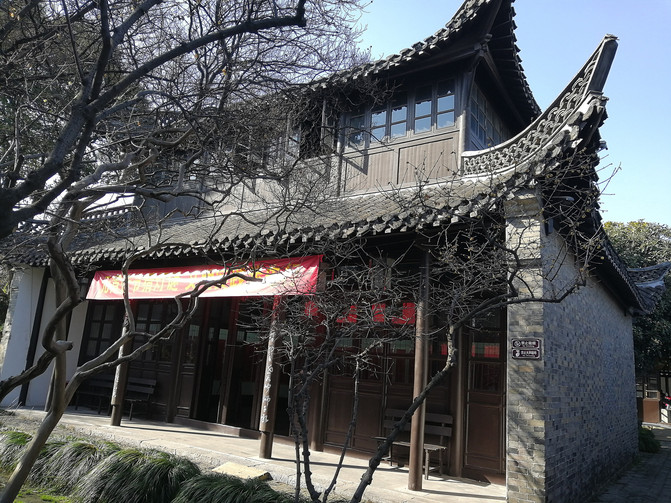







Not far away along the moat is Yangzhou's non-heritage material gathering area
Yangzhou City was founded in 486 AD. King Fuchai of Wu built Han City and opened Han Gully, which kicked off Yangzhou City.







One of the three traditional knives in Yangzhou-pedicure shop







Opposite the 486 cluster area is Geyuan,
Geyuan-a private garden of Yangzhou salt merchants 'residences in the Qing Dynasty. It is famous for its planting of green bamboos and its rockery in spring, summer, autumn and winter. Each has its own characteristics, expressing the poetic meaning of "the spring scenery is beautiful and like a smile, the summer mountains are green and like drops, the autumn mountains are clear and like makeup, and the winter scenery is bleak and like sleeping." The Geyuan has novel purport and strict structure. It is an isolated example of Chinese gardens. Medical personnel with valid certificates are free of charge.
















Spring in Geyuan

Taihu Lake Stone symbolizes the Jiangnan scenery in midsummer




Yellowstone sets off the tall and straight mountains in autumn

The white snow stones highlight the cold feeling of unmelted snow in winter






We enter the south gate from the north gate and exit the south gate, and enter Dongguan Street-one of the most representative historical streets in Yangzhou. After thousands of years of accumulation, the street has left rich historical relics and cultural monuments, making it the most well-preserved ancient commercial street among the cities along the Grand Canal in China.














Song Dynasty East Gate Tower Site








Leaving Dongguan is the ancient ferry of Dongguan



A cruise ship for a night tour of the Beijing-Hangzhou Grand Canal costs 100 yuan, which seems a bit expensive. Look at the night view on both sides of the canal, and it takes 40 minutes to return.



3-3 Attractions: Slender West Lake, Daming Temple
After breakfast, the hotel walked to Slender West Lake for about 10 minutes. While walking, we watched the street view. The south gate entered the north gate and exited the north gate. The north gate exit was Daming Temple.
Tickets for the attraction are 100 yuan, and medical staff are free. Check for valid documents when you enter the door.

Juandong Shitian



Changti Spring Willow-is one of the twenty-four scenic spots in Yangzhou. It is a spring scene of Slender West Lake. It has a slender embankment, three steps and a willow, and a pavilion is like a roof. The weeping willows decorate the beauty of the water town, cultivate the temperament of the people in the water town, and become an unforgettable scenery.
There are several green willows on the embankment, half of which still look like West Lake.




Xuyuan-an ancient Chinese garden building built in the Qing Dynasty. It was built on the former site of "Taohuawu" and a garden in the garden built in memory of warlord Xu Baoshan.
There is a hall, a pavilion and a pavilion in the garden, which fully reflects the exquisiteness and elegance of the garden.




Listening Oriole Hall-It takes from Du Fu's meaning that "two orioles sing the green willows, and a line of egrets rises to the blue sky",

Nanmu is covered on the floor, carved with pine, bamboo, plum and patterns

Spring grass pond Yin Pavilion-This is taken from "Climbing the Pond and Upstairs" written by Xie Lingyun, a poet of the Northern and Southern Dynasties: Spring grass grows in the pond, and willows in the garden turn to sing.



Two large iron pots--water-suppression artifacts more than 1500 years ago

A century-old tree near Xuyuan-Chicken Claw Machinery

Slender West Lake-Xiaohongqiao

Xiaojinshan is one of the twenty-four scenic spots on Slender West Lake in Yangzhou. It is a small island in Slender West Lake. It was formerly known as Changchun Ridge and was built in the middle of the Qing Dynasty. It is the largest island in Slender West Lake. Hangzhou has West Lake, Yangzhou has Slender West Lake; Zhenjiang has Jinshan, and Yangzhou has Xiaojinshan.


A relic of the flower stone class in the Song Dynasty and a treasure of the garden-the basin-shaped stalactite rock.


One of the twenty-four scenic spots of Slender West Lake, dead trees in spring
It was originally a ginkgo tree in the Tang Dynasty. It was struck by lightning, then climbed up the sky. At the end of spring and early summer, the flowers and leaves were luxuriant, like dead trees in spring, becoming a scene in the park.






Yuban Bridge-forms a long and narrow shape between Xiaojinshan and Changchun Ridge, like a green jade belt. There is a small and exquisite stone arch bridge built, like a white jade plate on a green jade belt. It is one of the four bridges.

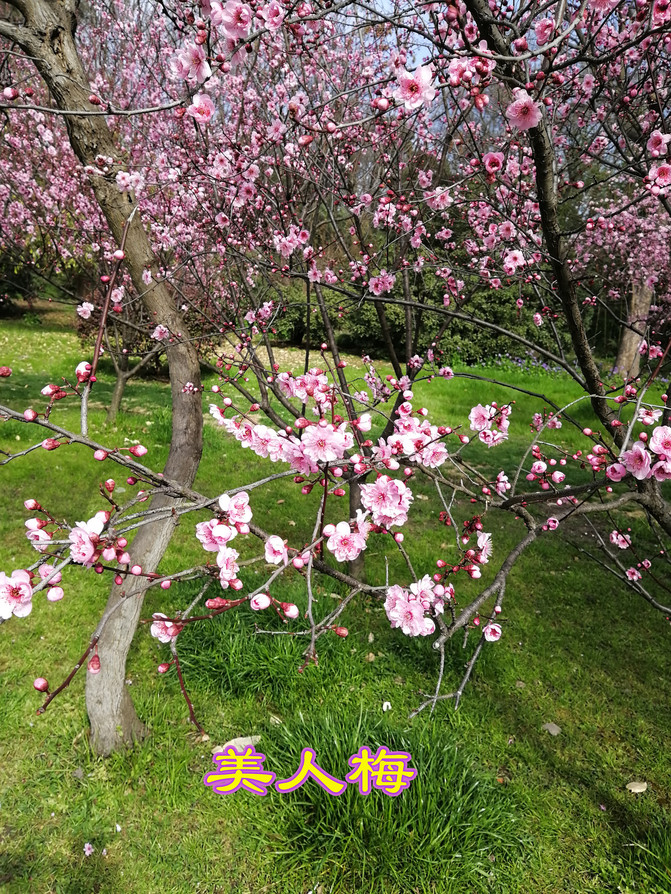



Wuting Bridge (Lianhua Bridge)-is one of the landmark buildings in Yangzhou City, one of the ten famous bridges in ancient China, and is known as "the most beautiful bridge in China." It was built in the 22nd year of Qianlong of the Qing Dynasty (1757) and was modeled on the Five Dragon Pavilion and the Seventeen-Arch Bridge in Beihai, Beijing.
Unfortunately, the sky is turning cloudy, unfortunately.



Beyond the Wuting Bridge is the White Pagoda. In the forty-ninth year of Qianlong of the Qing Dynasty (1784), Jiang Chun, the Lianghuai Salt Administration, raised funds to imitate the Beijing Beihai White Pagoda and build the old tower base. The legend of "building a tower overnight" is still circulating.
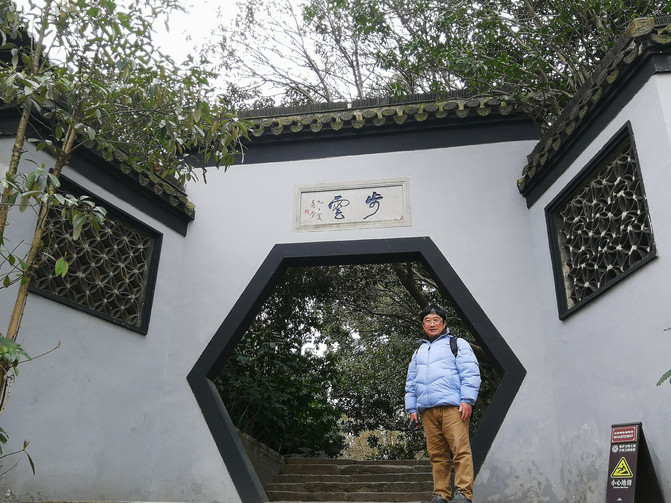



Lin Xiangxie

Linglong Huajie


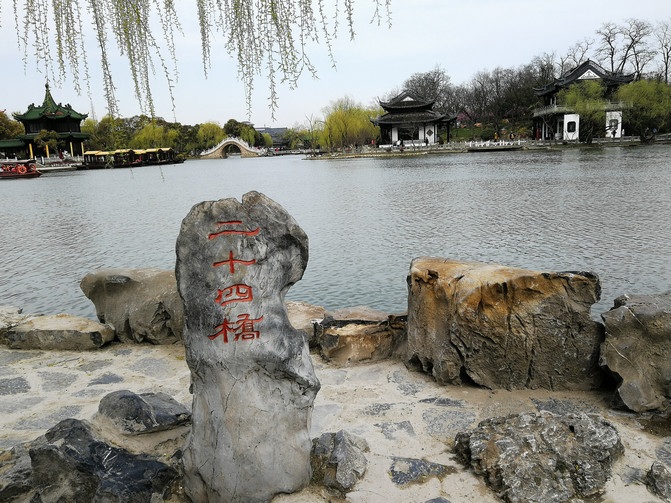

Xichun Terrace-is the main building of the 24th Bridge Scenic Area.
It is said that the place where Yangzhou salt merchants celebrated the emperor's birthday in the Qing Dynasty and was also one of the "Twenty-Four Scenarios" in Yangzhou.

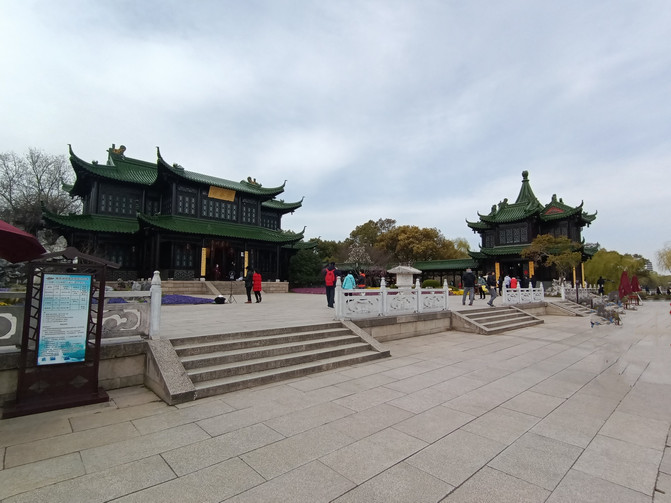



Twenty-Four Bridges-The poem by Du Mu of the Tang Dynasty that has been passed down through the ages: "The green mountains are faintly and the water is far away, and the grass in the south of the Yangtze River has not yet withered after autumn. On the bright night of the twenty-fourth bridge, where can the jade man teach to play flute?" Single-hole arch bridge, white marble railing

Jingxiang Bookstore-a typical architectural style of the Qing Dynasty. It is Jin Nong's lacquer books. As the first of the Eight Eccentrics of Yangzhou, Jin Nong is proficient in everything in poetry, writing, calligraphy, and painting, and often comes and goes here.





One of the Twenty-Four Scenes of Slender West Lake, is the villa of Xu, a big salt merchant in Yangzhou. pavilions, rockery waterfalls, flowers and green willows.




Jinquanhuayu-one of the twenty-four views of Slender West Lake. It was originally the villa of Wu Shanyu, a doctor of the Ministry of Punishment during the Qianlong period, and later belonged to the prefect Zhang Zhengzhi.

There is a water archway in the west of the garden, which is connected to the island from north to south. It is a rare water archway in China, engraved with the words "Jinquan Flower Island".




Drunken Moon Flying Qiongqiong--The ancient poem takes the meaning of "The world is three-point bright moon night, and two-point scoundrels are Yangzhou" and "The fairy in the sky is called Feiqiong, and I don't know when she will be banished to Guangling."

Shouxihu Bonsai Park



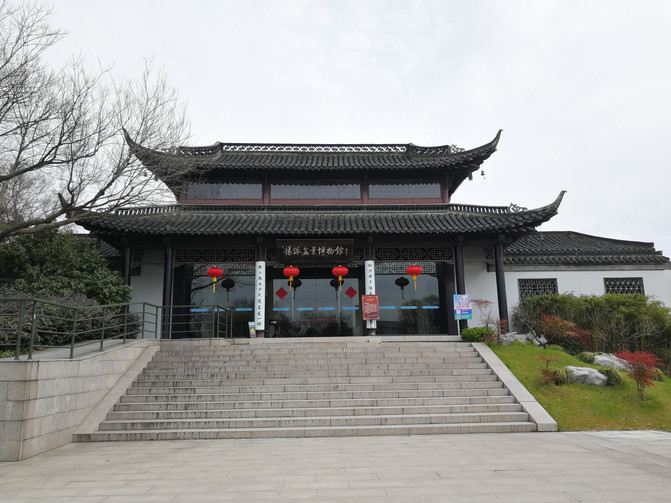

Songjing-an ancient well during the Southern Song Dynasty, from which porcelain slices from the Yuan Dynasty were unearthed

After walking through Songjing, you will reach the north gate of Slender West Lake. The next trip-Daming Temple


Daming Temple-It was first built during the Ming Dynasty of Emperor Xiaowu of the Southern Song Dynasty (457-464) and got its name. The nine-story tower is magnificent and magnificent. It is known as "the most majestic one in China". The ancient temple is also known as the "Qiling Temple".
The pair of stone lions sitting in the south in front of the archway is particularly eye-catching. It was built in 49 years of Qianlong and has a history of 230 years. The stone lions are carved according to the specifications of the royal garden. They are majestic and vigorous, with their heads upright, squatting, straight waist, and front paws flat, looking down on the distance. They are ancient relics of the famous Chongning Temple in Yangzhou.

Two stone tablets are embedded on the east and west walls in front of the temple. On the east are Jiang Hengshan's "The First View of the East of Huaidong", and on the west are the characters "The Fifth Spring in the World" written by Wang Shu.


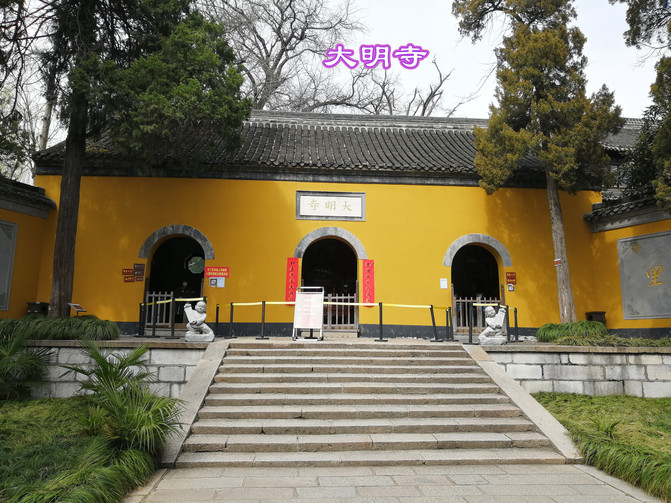
The Daxiong Hall of Daming Temple-The Daxiong Hall is a Qing Dynasty building. It has a wide surface with three rooms, front and rear corridors, triple high eaves, and leaking flower ridges.



Qiling Spirit Pagoda-The Qiling Spirit Pagoda was built in Daming Temple in the first year of Renshou of Emperor Wen of the Sui Dynasty (601 AD). The tower is nine-story high and the Buddha bones are enshrined in the tower. It is said that the Buddha is here and one of the three treasures of Daming Temple.




Designed by my country's famous architect Liang Sicheng, the building is elegant and simple, preserving the architectural art style of the Tang Dynasty. In the center of the hall is a wood carving statue of Jianzhen Nan, which is made to imitate the dry lacquer carving carved before Jianzhen passed away. It looks peaceful and determined.

One of the three treasures of Daming Temple is the inscription. In the pavilion stands a horizontal stele of white jade shumizuo. On the front is the "Monument to the Great Monk Jianzhen of Tang Dynasty" written by Guo Moruo, and on the back is the inscription and ode written by Zhao Puchu to commemorate the 1200th anniversary of Jianzhen's death. Therefore, it is known as the "Three Wonders Monument" of contemporary times.



One of the three treasures of Daming Temple-a stone tablet of the "Heart Stone House" was given to Tao Shu, the governor of Liangjiang and the salt administration of Lianghuai River by Emperor Xuanzong of the Qing Dynasty (1835).

Have you enjoyed any attractions on this trip? We will continue next time.
Previous Article:Shangri-La Hotel, Yangzhou, experience the famous Yangzhou Three Swords
Next Article:One city in one day-Yangzhou, Zhenjiang and Wuxi three-day travel guide
